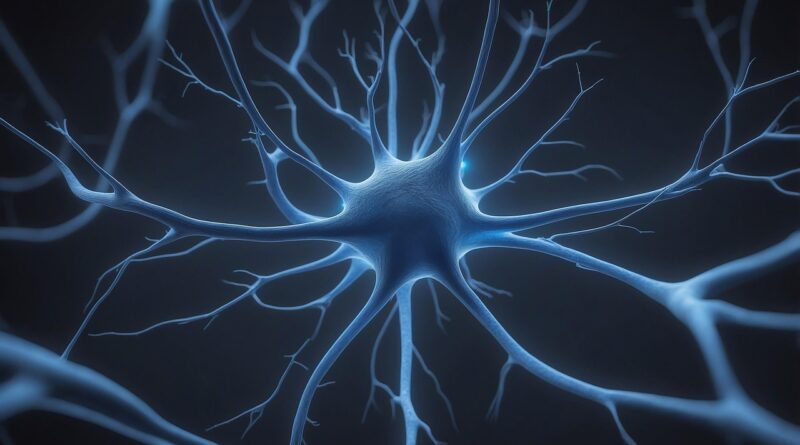Scientists Created Completely Synthetic Brain Tissue For The First Time
Credit: Pixabay
Bioengineers from the University of California, Riverside, have developed the first functional tissue similar to brain tissue, but completely devoid of biological materials. The new platform, called BIPORES, is based on a synthetic polymer and is designed to precisely recreate the complex structure of the extracellular matrix—the environment that supports the growth, development, and connection of nerve cells.
Scientists have successfully transformed PEG into a spongy gel with a system of micropores stabilized by silica nanoparticles. Using microfluidic technologies and 3D printing, they created fibers with channels that allow oxygen and nutrients to flow freely, supporting the life and growth of neurons deep within.
“Our material ensures that cells have everything they need to grow, organize, and communicate with each other in brain-like clusters,” says Iman Noshadi, associate professor of bioengineering. “Because the structure more closely mimics biology, we can begin designing tissue models with much more precise control over cellular behavior.”
The scaffold is currently only two millimeters in diameter, but the team is working to scale it up. Furthermore, the scientists are already exploring applying the same approach to liver tissue. Their ambitious goal is to create a network of lab-grown mini-organs that interact with each other, just like real systems in the human body.
The scientists’ ultimate goal is to create a network of laboratory-scale mini-organs capable of interacting with each other, similar to the systems of the human body. As Noshadi explained, such a system will allow them to monitor how the same drug affects different tissues and how pathology in one organ can affect others.




